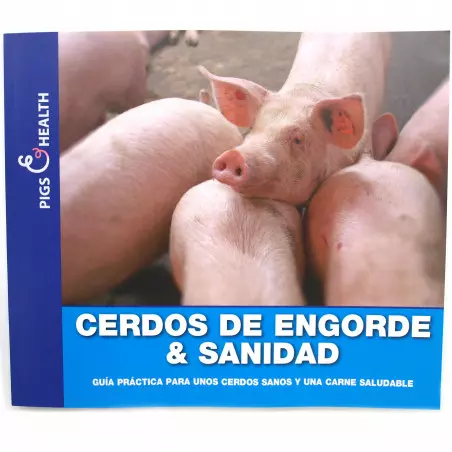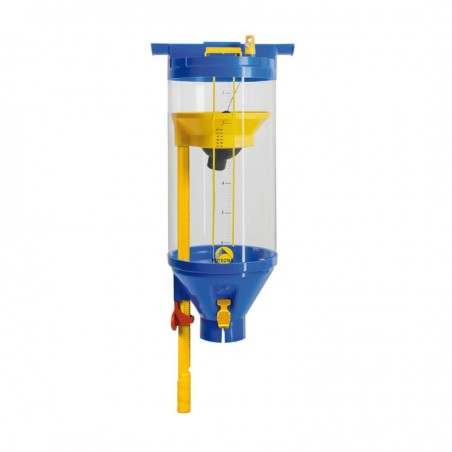Production systems for fattening pigs have been characterized over the last 2 decades by rising farm sizes coupled with increasing group sizes. These developments resulted in a serious public discussion regarding animal welfare and health in these intensive production systems. Even though large farm and group sizes came under severe criticism, it is still unknown whether these factors indeed negatively affect animal welfare. Therefore, the aim of this study was to assess the effect of group size (30 pigs/pen) on various animal-based measures of the Welfare Quality(®) protocol for growing pigs under conventional fattening conditions. A total of 60 conventional pig fattening farms with different group sizes in Germany were included.
Moderate bursitis (35%) was found as the most prevalent indicator of welfare-related problems, while its prevalence increased with age during the fattening period. However, differences between group sizes were not detected (P>0.05). The prevalence of moderately soiled bodies increased from 9.7% at the start to 14.2% at the end of the fattening period, whereas large pens showed a higher prevalence (15.8%) than small pens (10.4%; P<0.05). With increasing group size, the incidence of moderate wounds with 8.5% and 11.3% in small- and medium-sized pens, respectively, was lower (P<0.05) than in large-sized ones (16.3%). Contrary to bursitis and dirtiness, its prevalence decreased during the fattening period. Moderate manure was less often found in pigs fed by a dry feeder than in those fed by a liquid feeding system (P<0.05). The human-animal relationship was improved in large in comparison to small groups. On the contrary, negative social behaviour was found more often in large groups. Exploration of enrichment material decreased with increasing live weight. Given that all animals were tail-docked, tail biting was observed at a very low rate of 1.9%.

In conclusion, the results indicate that BW and feeding system are determining factors for the welfare status, while group size was not proved to affect the welfare level under the studied conditions of pig fattening.
Meyer-Hamme SE, Lambertz C, Gauly M; Does Group Size have an Impact on Welfare Indicators in Fattening Pigs?; Animal. 2016 Jan;10(1):142-9. doi: 10.1017/S1751731115001779. Epub 2015 Aug 25. PMID: 26304017 DOI: 10.1017/S1751731115001779






